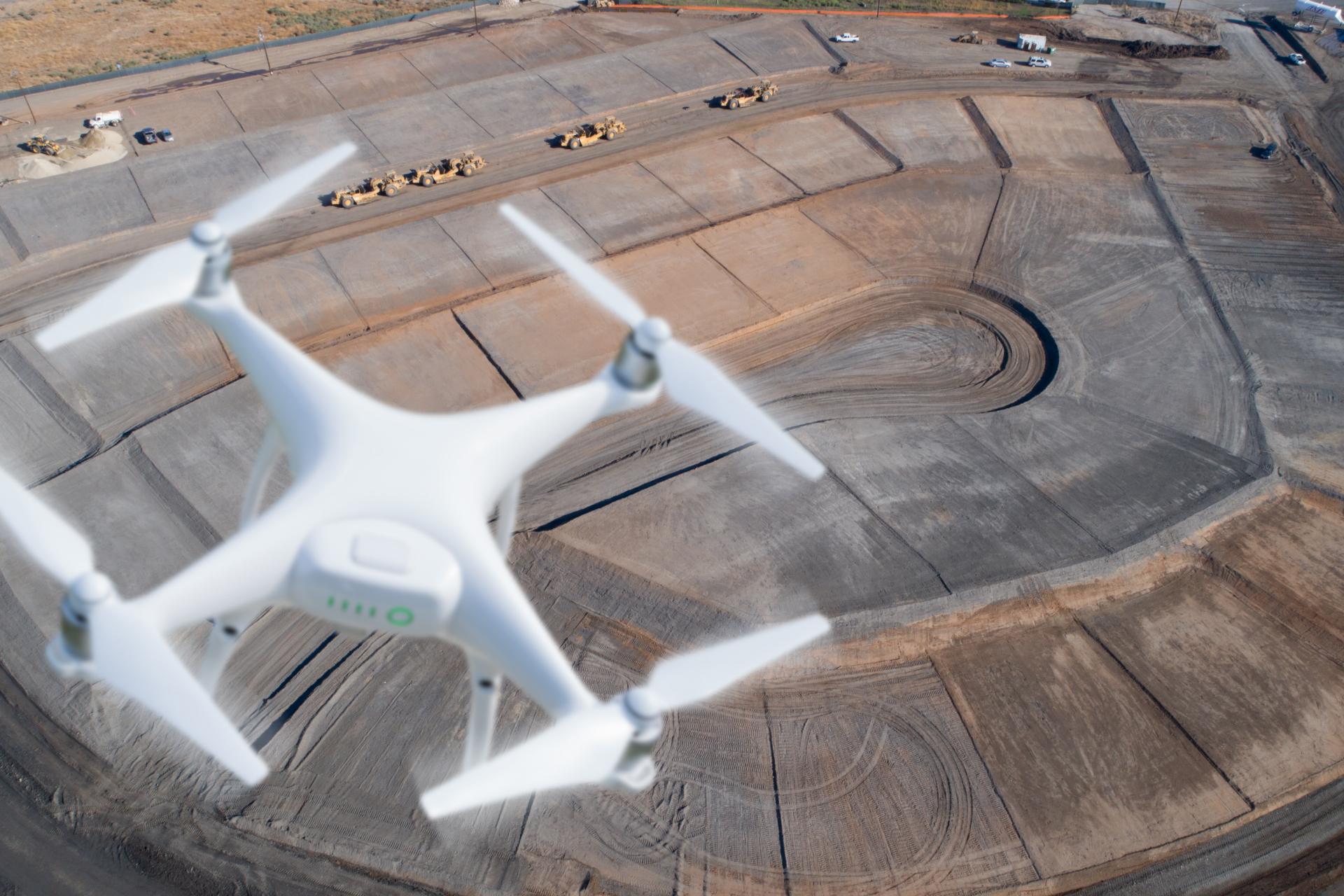Today kicks off the start of Construction Safety Week. Construction is one of the most dangerous industries to work in. Despite advances in construction safety equipment, technology and training, the construction industry continues to face high rates of fatal and nonfatal injuries and accidents among its workers. One in five deaths among workers in the United States is in the construction industry. Here are a few ways technology is helping to improve safety within the construction industry.
Software to Reduce Stress
Ask around the job site what the top dangers of working in construction are and you’ll get the same answers every time: falls, electrocution, struck-by machinery or an object, and being caught in or in between an object. Yet more construction workers die from suicide each year than every other workplace-related fatality combined.
In fact, construction has among the highest suicide rate of any industry. Working in the construction industry has always been stressful but with new factors such as a global pandemic, record-high fuel prices, supply chain issues, and labor shortages, now more than ever it is crucial worker stress not be overlooked. When workers are stressed they are much more likely to make mistakes, be unfocused, and have a negative attitude.
While there is no way to completely remove stress from the workplace, there are measures you can take to help reduce workers’ stress. Clearly communicating what your expectations are, what your workers’ specific roles are, and who each individual should take directions from on-site is one of the best ways to reduce job site stress. Using software such as TraceAir not only allows everyone to easily communicate but also ensures that everyone is always looking at the same data and has a clear understanding of what needs to be done. When employees can communicate better and make better decisions, there is far less room for errors and mistakes than can add significant amounts of stress to the employee.
Drones
Between heavy equipment on the move, large and deep holes, and cranes carrying heavy objects through the sky there is no denying that construction sites are dangerous. Drones eliminate the need to put a human at risk walking around the job site conducting surveys or gathering information. Drones can be deployed to identify the damages and repairs needed which is much more efficient than sending workers on heights and close to unknown dangers. It eliminates the risk of making workers climb large scaffoldings or walk across unsafe structures.
When powered with software like TraceAir, drones can keep an eye out for hazards that a worker on the ground may never see. Drone scans also require less labor, less time, and are more affordable than traditional methods.
Autonomous Machinery
Heavy machinery zipping around busy job sites is dangerous for obvious reasons. Not only can these machines easily flip over, but they can be deadly if a worker gets in their way. Manufacturers such as Caterpillar now have machines that can work autonomously or can be driven remotely. Caterpillar reports that they have had zero lost-time incidents with their autonomous haul trucks. In addition, these machines can run 24/7, more efficiently, and more profitably than human drivers.
Augmented Reality
Augmented reality fuses the real world and virtual reality. Augmented reality is when a device superimposes a digital image over your reality. This is incredibly useful for the construction industry. An example of augmented reality is using TraceAir’s overlay tools to overlay pipe schematics or building lots to visualize as-built versus reality. By using this technology throughout your projects, you can catch mistakes early on, reducing stress and improving safety.
Safety training can become more interactive and immersive with augmented reality. Training scenarios designed to test if workers know what to do in dangerous situations can better represent their real-life counterparts without any danger to the trainee. Simulations of heavy machinery can be used to test operational knowledge before interacting with the real thing.
Wearable Fall Protection
A recent United States Chamber of Commerce report detailed the rise of wearable technology in the construction industry, predicting that almost a quarter of contractors will use this technology by 2023. Wearable technology in construction can come in many forms, from virtual reality headsets to exoskeletons. Virtual reality headsets allow users to Exoskeletons and power-assist suits are being developed for industrial use so workers can lift and carry objects or use heavy tools for longer periods of time without putting undue stress and strain on the body.
Site Sensors
A new technology called "site sensors" is making its way into the industry. These sensors can be deployed across a construction site to monitor things like temperature, noise levels, dust particulates, and volatile organic compounds to help limit exposure to workers. Mounted throughout the construction site, sensors can alert workers immediately when they are at risk of permissible exposure levels being reached. Data from the sensors are collected and can be analyzed to mitigate exposure levels and keep workers safe and stay compliant with OSHA regulations.
Get Started
If you're considering a tool to help improve your safety on your job sites, you’re in the right place. Already used and loved by many of the top home builders and land developers, TraceAir has proven to be effective, easy to use, and easy to implement. At TraceAir, we genuinely care about your company, your projects, and your safety. We enjoy learning about your pain points and finding new ways to improve them. The best way to learn about TraceAir and get all of your questions answered is to request a demo. Don’t delay, get started today!

